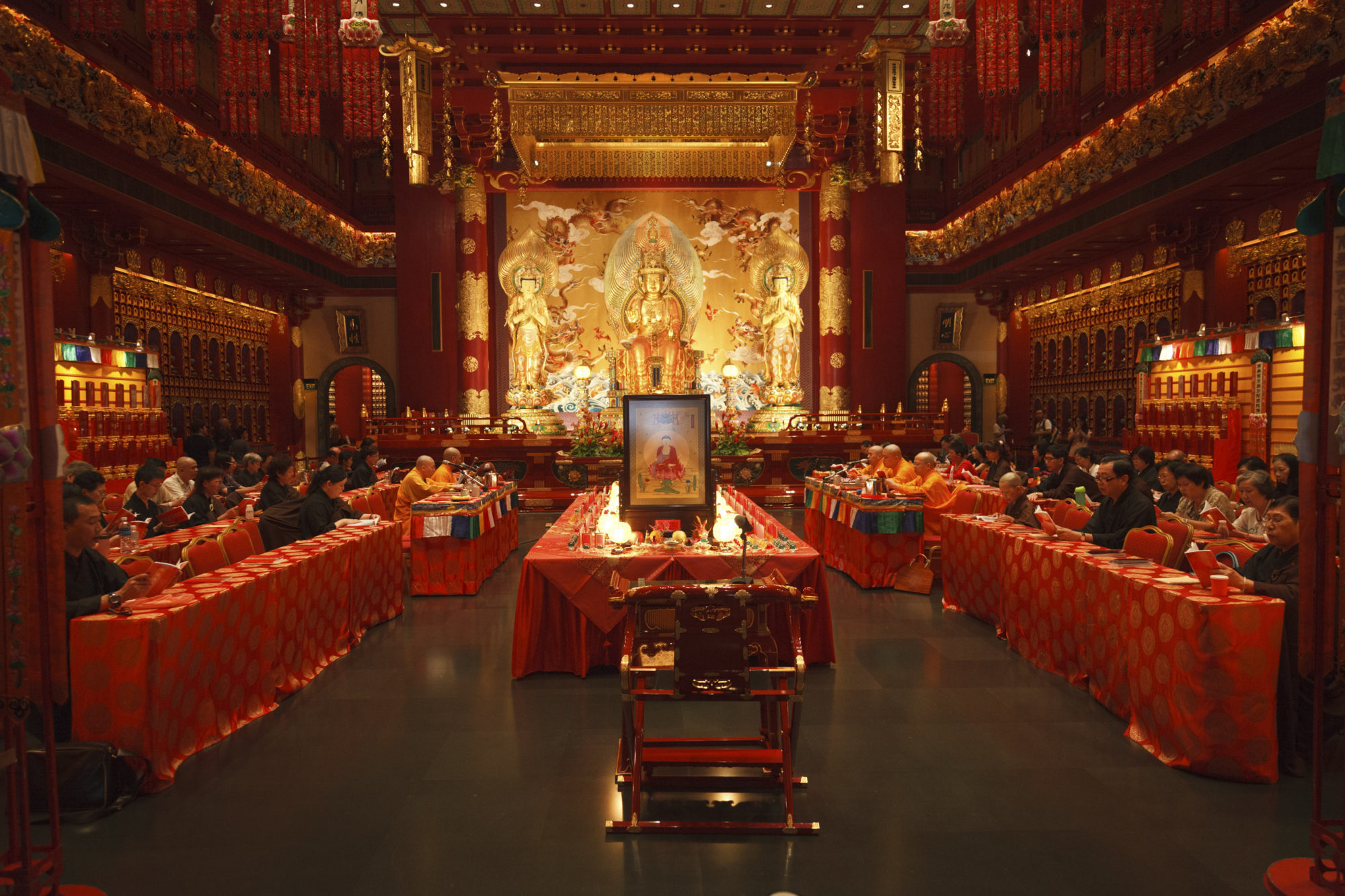
With the emergence of globalization, massive shifts in global immigration patterns, the rise of multiculturalism, and the events surrounding 9/11, the relationship between the Christian faith and other world religions has become one of the most volatile and important issues facing the American church. Islamic mosques, Hindu temples, and Buddhist meditation centers may now be found in every major urban center in the United States. They offer some of the best opportunities for disciples of Jesus to encounter unreached peoples in our cities.
The Numbers
According to the Association of Statisticians of American Religious Bodies (ASARB), the number of mosques in the U.S. increased 74 percent from 1,201 in 2000 to 2,106 in 2010. Similarly, the number of Hindu temples more than doubled from 629 to 1,475 for the same period while Buddhist temples rose from 1,656 to 2,854, a 72 percent increase.
Not only do the number of temples and mosques continue to climb, their size is also increasing—from home altars and private prayer rooms to some of the largest sacred buildings in the world. In fact, the largest Thai Buddhist temple outside of Thailand is found in Raynham, Massachusetts. And the world’s largest Hindu temple is about to open in Robbinsville, New Jersey.
More than Houses of Worship
Unlike cathedrals and church buildings, most of which were designed almost entirely as places of worship, temples and mosques built in the United States serve as many cultural purposes as religious. Uprooted immigrants often struggle to survive in their host countries due to loneliness and cultural and linguistic barriers. Temples and mosques offer some relief by serving as community centers that ease the integration process—a lesson we could learn in the church when considering how we welcome sojourners.
They function as educational centers teaching children the languages, food, and music of their home countries, cultural centers for the preservation of traditions and ethnic identity, and civic centers offering services to newcomers, the disabled, and the elderly. It is not a rare thing to see mosques offer marital counseling and perform weddings. Vietnamese and Cambodian temples even offer dance classes for young girls and taxi services for their senior citizens. And Japanese temples often have Taiko drumming, while Hindu temples organize violin and tabla lessons.
For those who seek to engage unreached peoples in their cities, temples and mosques offer some of the best opportunities to encounter, welcome, and love strangers. The following visualizations provide insight into the religious and cultural landscape of U.S. counties and cities. May you, as you study these charts, be stirred to engage in gospel work on behalf of these peoples in your cities. May you be led to enter in and and engage in spiritual conversations.
Resources:
“U.S. Religion Census: Religious Congregations and Membership Study 2000 and 2010.” The data were downloaded from the Association of Religion Data Archives, www.TheARDA.com, and were collected by the Association of Statisticians of American Religious Bodies (ASARB).
Ott, Craig and Stephen Strauss, Timothy C. Tennent. Encountering Theology of Mission: Biblical Foundations, Historical Developments, and Contemporary Issues. Baker Academic, 2010.
Minh Ha Nguyen serves as Global Research Data & Delivery Manager at IMB and is currently working toward his PhD in international missiology at Southeastern Baptist Theological Seminary.

